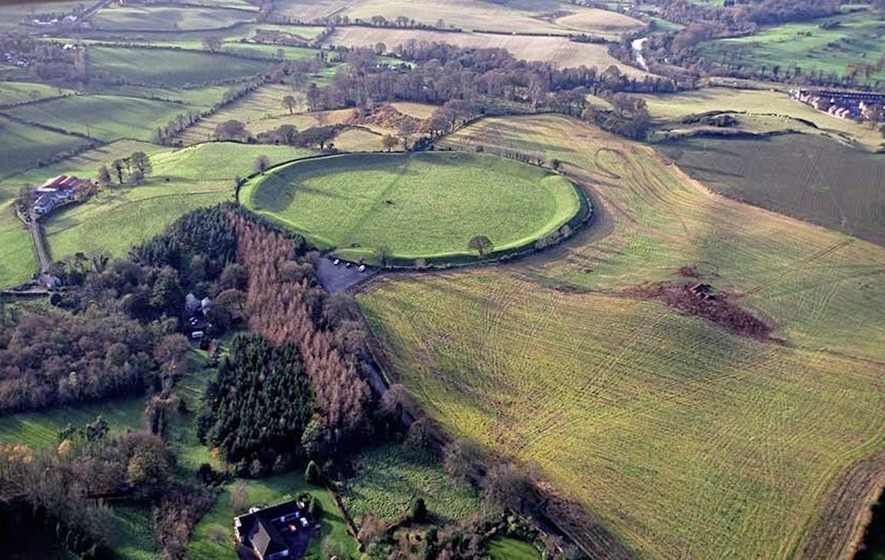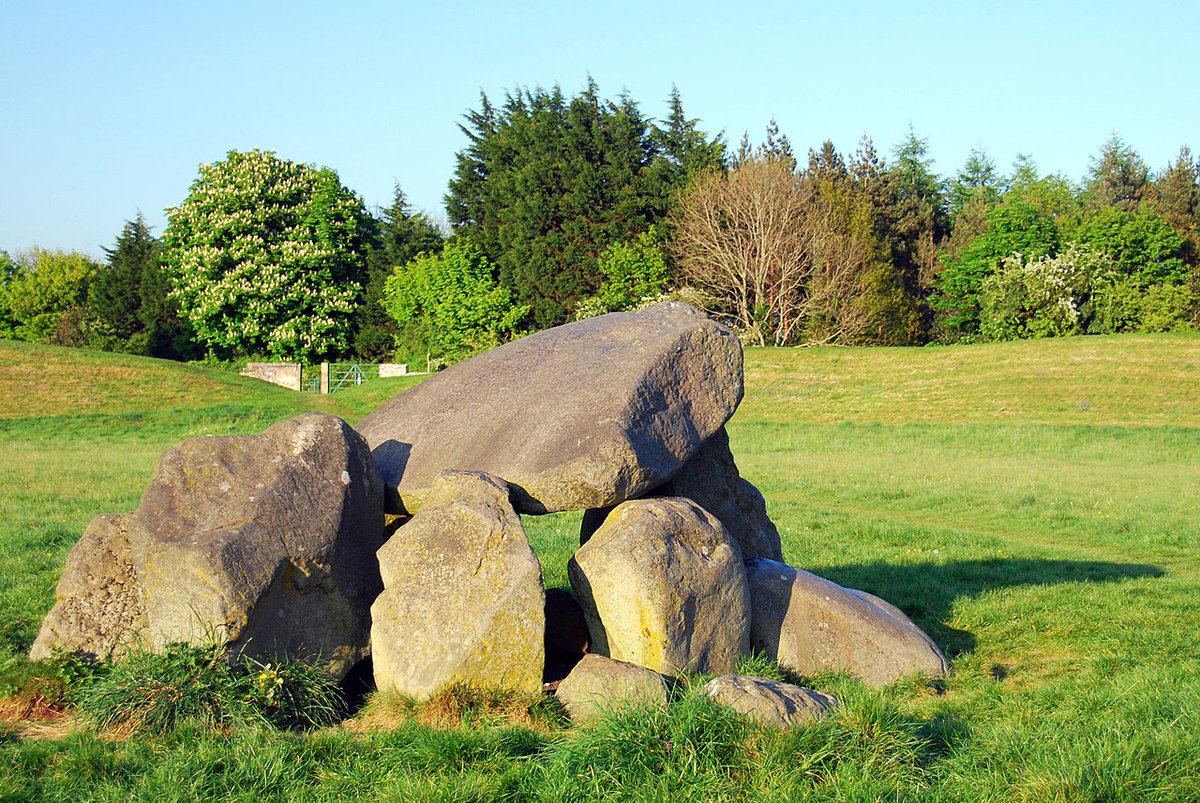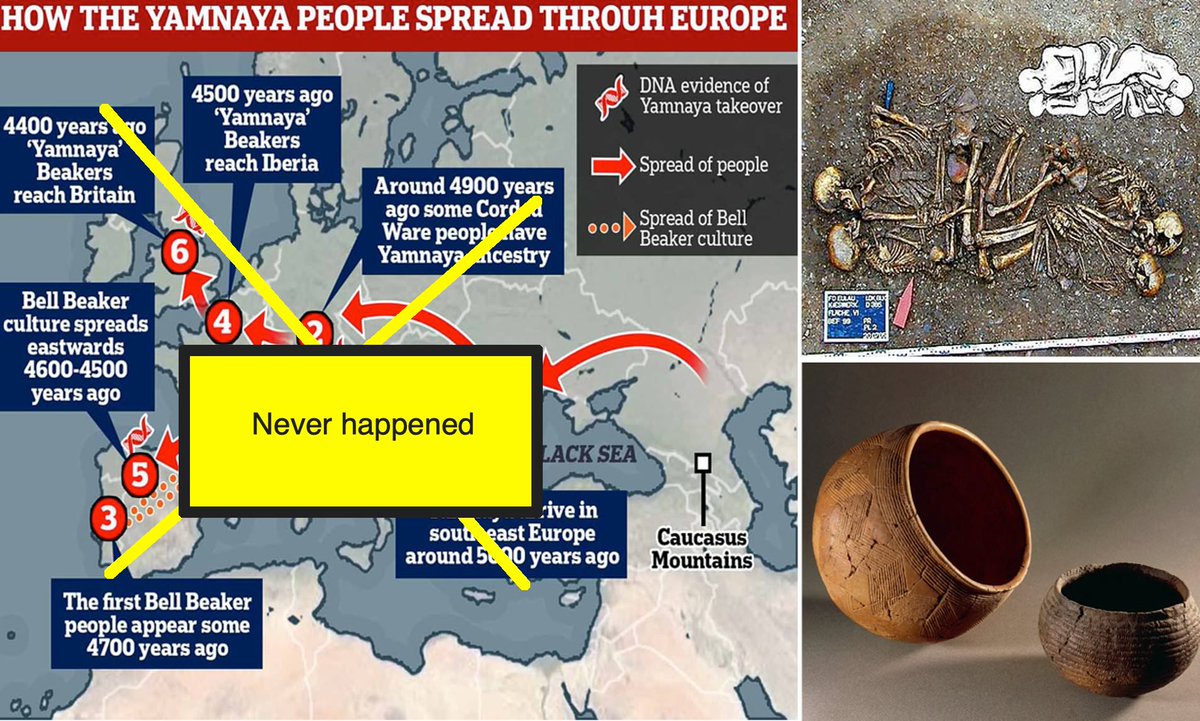
Thread: A Roman pugio (dagger), sheers...are among many Roman made objects found at Hedegård, Denmark, during the excavations of a settlement and a rich burial ground from the time around the birth of Christ...Source: Horsens Museum... 

Oh and this is the kind of boats that sailed the waters soooo near the Baltic at that time...This monument from Trier, Germany, depicts a large merchantman sailing on the Moselle River and transporting four wooden wine-caskets dated to c. 220 A.D...It looks "almost Viking"... 

The Romans were so "in your face", for so long, I think it would have been quite difficult to "completely ignore them"...
• • •
Missing some Tweet in this thread? You can try to
force a refresh












